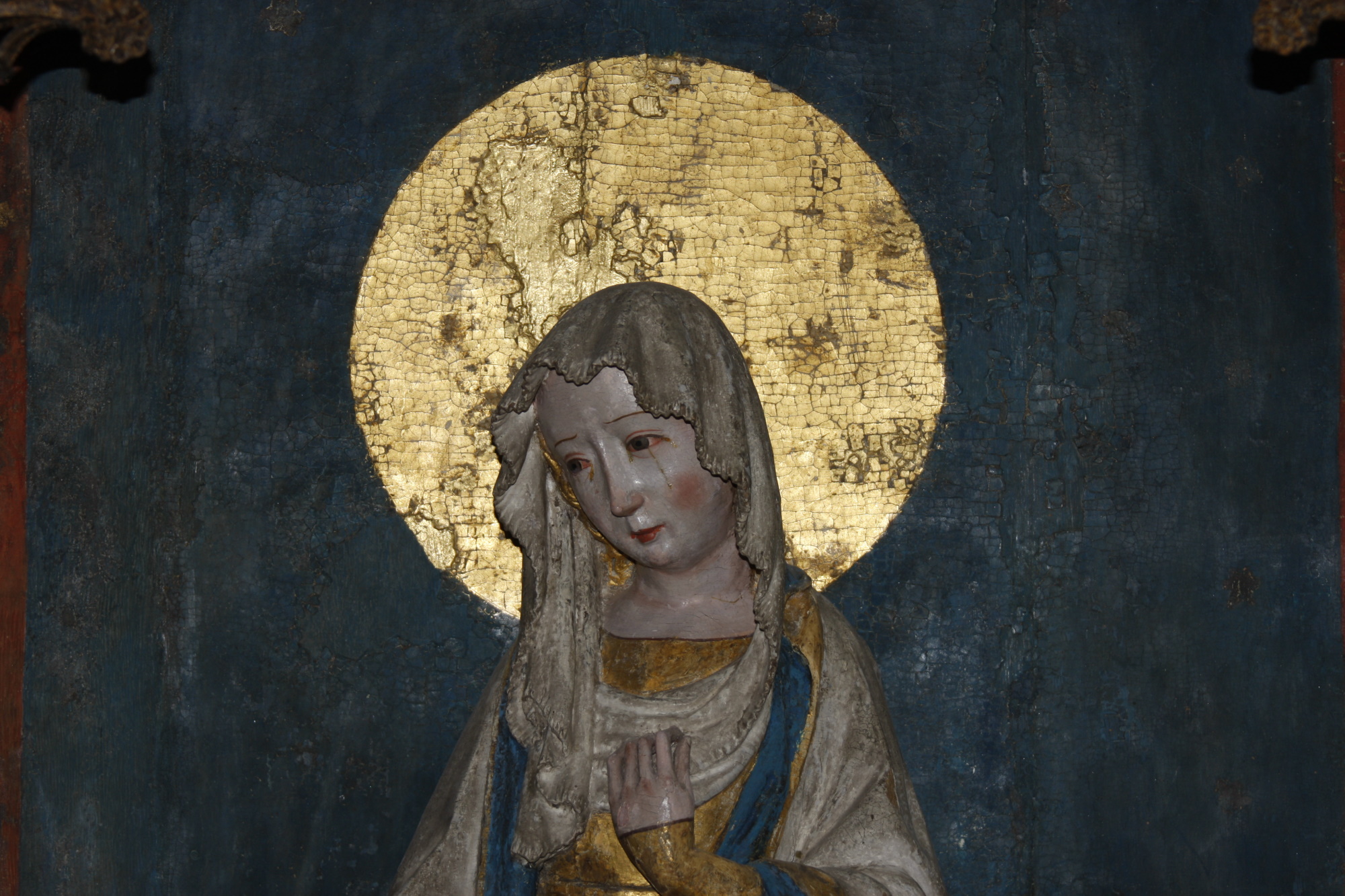The contacts with mainly the Arabic world in Spain through the universities contributed to an intellectual development in Western Europe during the 12th century, especially in Paris and Bologna. Their culture was formed by a culture of reflective consideration, where theses in various sciences were tested. The monastery rule of Benedict of Nursia (529) came to compose the base for medieval literature, music, architecture, and culture in general. Unlike the Eastern church, the Western church came to have a civilized touch.
In the monasteries, especially in the Cistercian abbeys, there was a frequent practice of meditation in various forms. The nuns and monks were to deeply think about the meaning of each word when reading in silence. Even during the work with transcripts the writer had to reflect upon the content, express their love for the words by writing as skilfully as possible.
There was a small library that probably fitted in the sacristy. The Cistercians were no big consumers of books. Bernhard of Clairvaux pointed out that it was more rewarding to study God’s creation in nature than to read books. But of course there were a number of books that were used in various services, as well as The Rule by Saint Benedict of Nursia from the 6th century and different kinds of instructions. At one time a canon in Linköping donated reading books, something that was not received with total gratitude by the abbess. Foreign literature could disturb the order of liturgy.
Excavations at other monasteries, e.g. Alvastra and Vreta, show that during the Middle Ages one learned to write by practising on waxed paper with a stylus, a small stick that was like a pen. Bark from birch trees were often used as scrap paper and memory notes.
